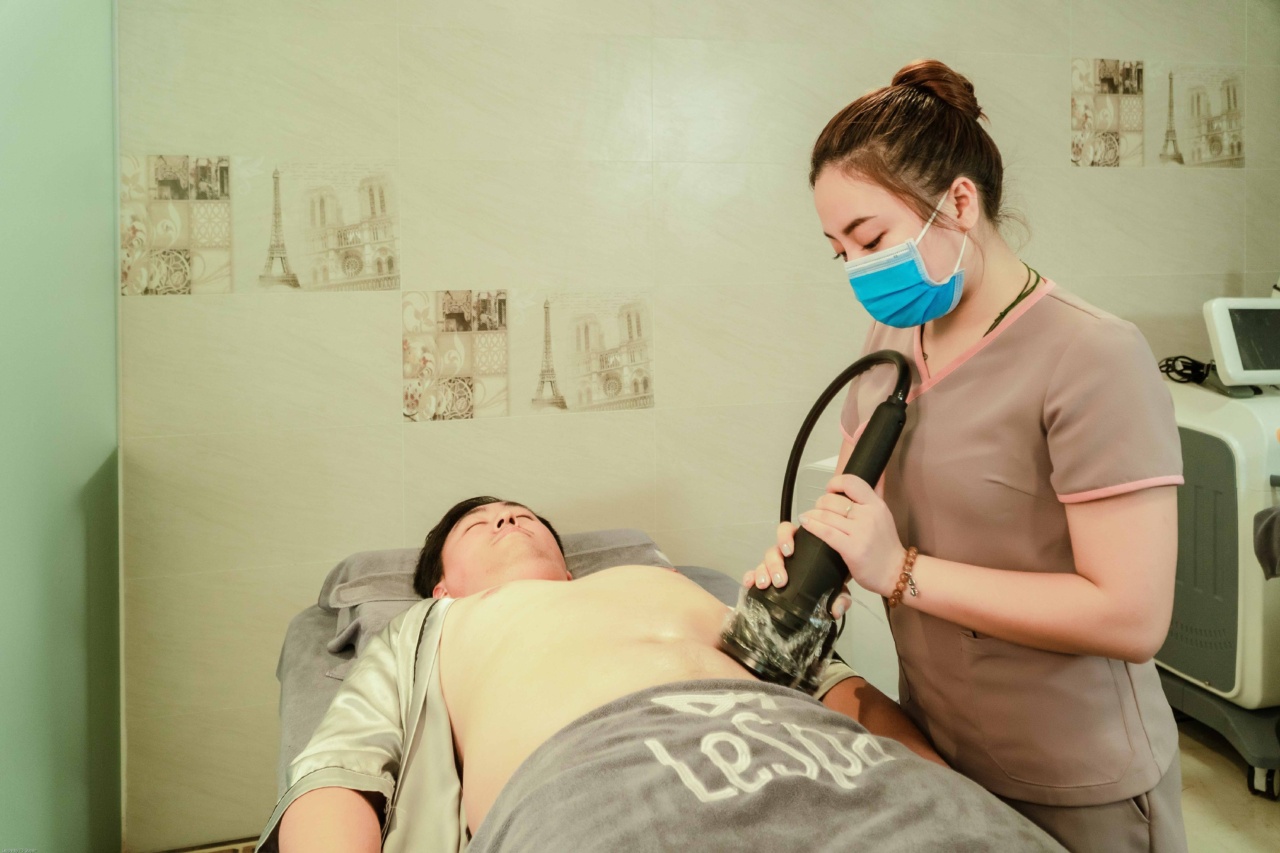Chlamydia is a sexually transmitted infection (STI) caused by the bacterium Chlamydia trachomatis.
While it can affect both men and women, this article will focus on male chlamydia, including its symptoms, complications, and available treatment options.
How is Chlamydia Transmitted?
Chlamydia is typically transmitted through sexual intercourse, both vaginal and anal. It can also be transmitted through oral sex, although it is less common. Sharing sex toys with an infected partner can also result in chlamydia transmission.
It is worth noting that chlamydia can be passed from an infected mother to her newborn during childbirth, leading to a condition known as neonatal chlamydia.
Symptoms of Male Chlamydia
In many cases, male chlamydia does not cause any noticeable symptoms, which contributes to its high prevalence. However, when symptoms do occur, they often manifest within 1 to 3 weeks after exposure to the infection.
Some common symptoms of male chlamydia include:.
- Abnormal penile discharge
- Burning sensation or pain during urination
- Itching or irritation around the opening of the penis
- Testicular pain or swelling
- Painful bowel movements (in cases of rectal infection)
- Sore throat (in cases of oral infection)
If left untreated, chlamydia can lead to various complications in males.
Complications of Male Chlamydia
Epididymitis: Untreated chlamydia can result in epididymitis, which is the inflammation of the epididymis – the tube that carries and stores sperm.
This condition can cause severe pain and swelling in the scrotum, and if left untreated, it can lead to fertility problems.
Prostatitis: Chlamydia can also cause prostatitis, an inflammation of the prostate gland. This can lead to pain in the groin area, difficulty urinating, and sexual dysfunction.
Reactive Arthritis: In some cases, chlamydia can trigger an immune response that leads to reactive arthritis. This condition involves joint pain, swelling, and inflammation, typically affecting the knees, ankles, and feet.
Infertility: If chlamydia spreads to the testicles, it can result in epididymo-orchitis, which is the inflammation of both the epididymis and the testicles. This can cause irreversible damage, potentially leading to infertility.
Increased risk of HIV: Individuals infected with chlamydia are at a higher risk of acquiring HIV if exposed to the virus.
This is because chlamydia can cause inflammation and damage to the mucous membranes, making it easier for HIV to enter the bloodstream.
Diagnosis of Male Chlamydia
The most common method of diagnosing male chlamydia is through a urine test or a swab of the urethra. These tests can detect the presence of the chlamydia bacterium in the body.
It is recommended that sexually active individuals, especially those with multiple partners or new partners, undergo regular screening for chlamydia and other STIs.
Treatment for Male Chlamydia
Fortunately, chlamydia is a treatable infection, and it can be easily cured with the right medications. The most commonly prescribed antibiotics for chlamydia treatment include:.
- Azithromycin
- Doxycycline
The treatment typically involves a single dose of azithromycin or a week-long course of doxycycline. It is crucial to complete the entire course of antibiotics, even if symptoms improve, to ensure complete eradication of the infection.
It is also important for sexual partners to undergo testing and receive treatment if necessary to prevent reinfection. Sexual activity should be avoided until both partners have completed treatment.
Prevention of Male Chlamydia
Preventing chlamydia involves practicing safe sex and adopting preventive measures, such as:.
- Using condoms correctly and consistently during sexual activity
- Getting regular screenings for chlamydia and other STIs
- Having open and honest conversations with sexual partners about STI status
- Limiting the number of sexual partners
- Avoiding sharing sex toys
Conclusion
Male chlamydia is a common sexually transmitted infection that can have serious consequences if left untreated. Recognizing the symptoms and seeking prompt medical attention is crucial for effective treatment and prevention of complications.
By practicing safe sex and getting regular screenings, individuals can reduce their risk of contracting chlamydia and other STIs.































